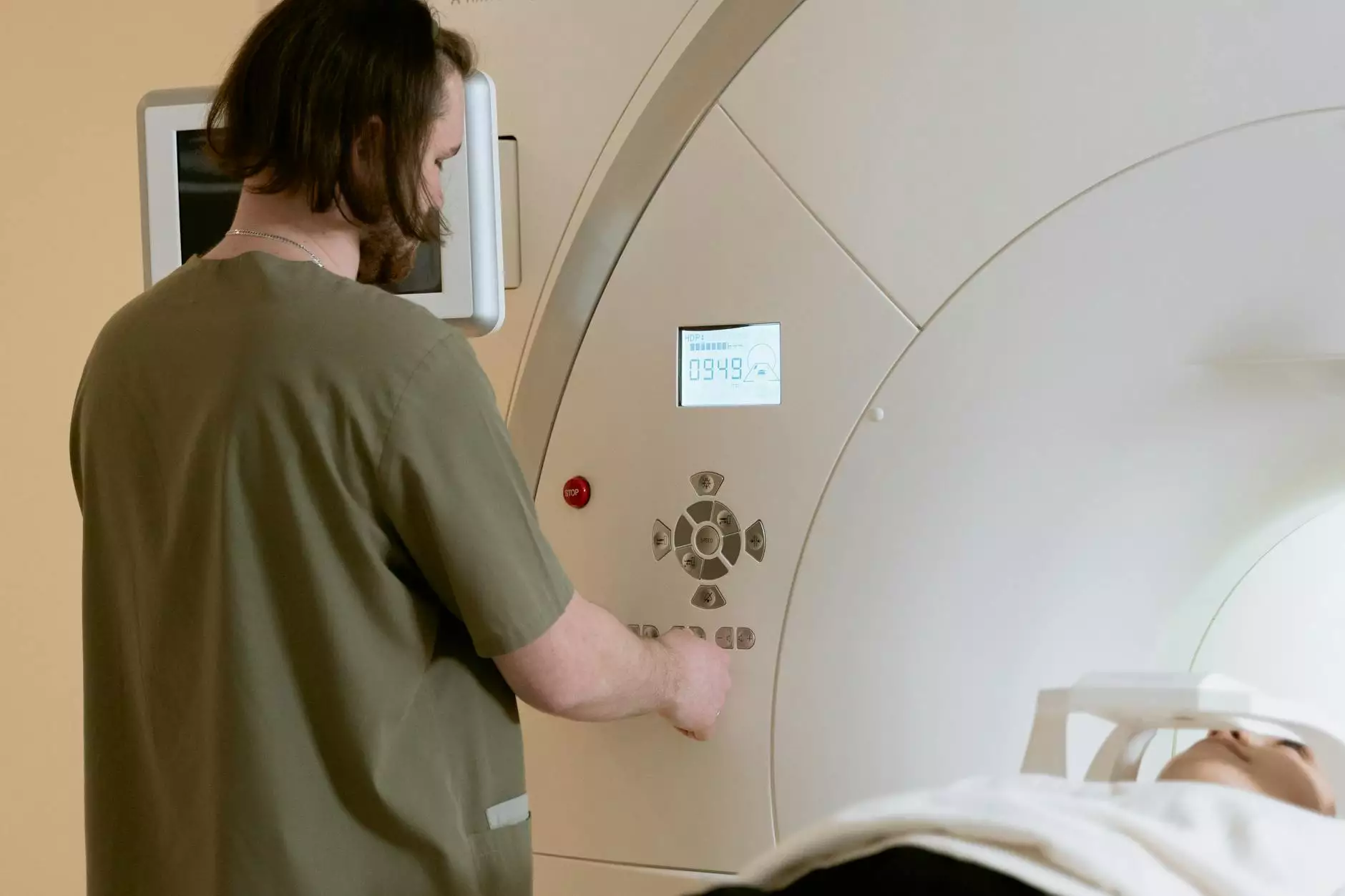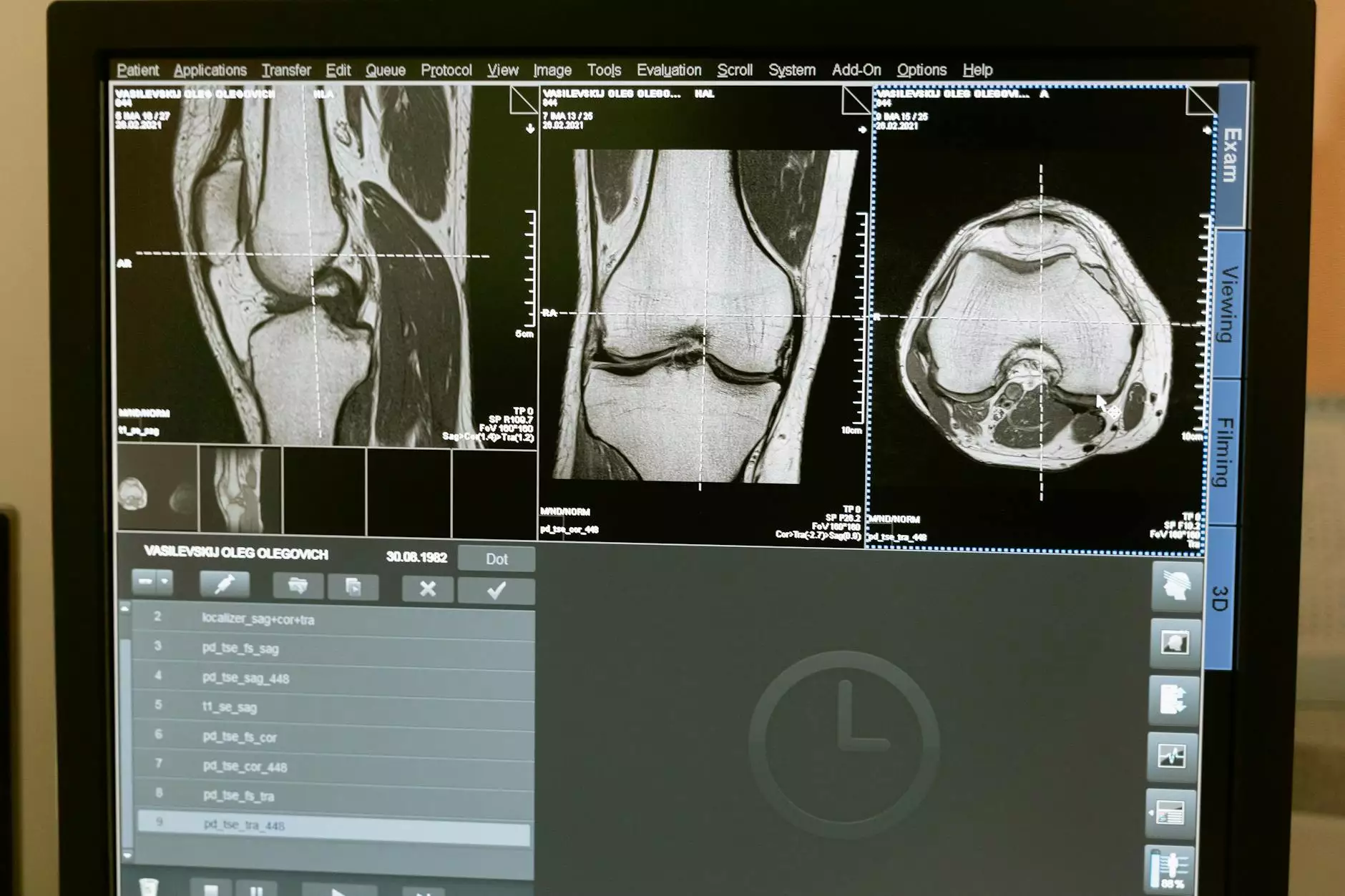What Are The Signs of Ehlers-Danlos Syndrome in Children?

Overview
Ehlers-Danlos Syndrome (EDS) is a group of genetic disorders that affect the connective tissues in the body. It is a rare condition but important to recognize, especially in children. As a parent or guardian, being aware of the signs and symptoms can help in early detection and proper management of the syndrome.
What is Ehlers-Danlos Syndrome?
Ehlers-Danlos Syndrome is characterized by faulty collagen production due to genetic mutations. Collagen is a protein responsible for providing strength and support to various tissues in the body, including the skin, joints, and blood vessels.
Types of Ehlers-Danlos Syndrome
There are different types of Ehlers-Danlos Syndrome, each with its unique features and inheritance patterns. The most common types include:
- Ehlers-Danlos Syndrome, Hypermobile Type (hEDS)
- Ehlers-Danlos Syndrome, Classical Type (cEDS)
- Ehlers-Danlos Syndrome, Vascular Type (vEDS)
- Ehlers-Danlos Syndrome, Kyphoscoliotic Type (kEDS)
- Ehlers-Danlos Syndrome, Arthrochalasia Type (aEDS)
- Ehlers-Danlos Syndrome, Dermatosparaxis Type (dEDS)
Signs and Symptoms
The signs and symptoms of Ehlers-Danlos Syndrome in children can vary depending on the specific type, as well as the severity of the condition. Some common signs to look out for include:
Joint Hypermobility
In many cases, joint hypermobility is one of the earliest signs of Ehlers-Danlos Syndrome in children. This means that the joints have a wider range of movement than usual, and they may appear to be unusually flexible or bendy.
Skin Abnormalities
Children with Ehlers-Danlos Syndrome may have soft, velvety skin that is stretchy and fragile. They may also experience slow wound healing, easy bruising, and develop abnormal scarring.
Fragile Blood Vessels
In some types of Ehlers-Danlos Syndrome, such as the vascular type, the blood vessels can be fragile and prone to rupture or aneurysm. This can pose serious health risks and require immediate medical attention.
Delayed Motor Skills Development
Children with EDS may experience delays in achieving certain motor milestones, such as sitting up, crawling, or walking. This is often due to joint laxity and generalized muscle weakness.
Gastrointestinal Complications
Ehlers-Danlos Syndrome can affect the gastrointestinal system, leading to digestive issues such as chronic constipation, gastroesophageal reflux disease (GERD), and difficulty swallowing. These symptoms may vary depending on the type of EDS.
Fatigue and Chronic Pain
Children with Ehlers-Danlos Syndrome may experience chronic fatigue and persistent pain in the joints, muscles, and connective tissues. This can significantly impact their daily activities and quality of life.
Diagnosis and Treatment
Diagnosing Ehlers-Danlos Syndrome can be challenging, as it requires a comprehensive evaluation by a specialized healthcare professional familiar with connective tissue disorders. This may involve a physical examination, medical history review, and genetic testing.
While there is no cure for Ehlers-Danlos Syndrome, the goal of treatment is to manage and alleviate symptoms, improve quality of life, and prevent complications. Treatment strategies may include:
- Physical therapy and rehabilitation to strengthen muscles and improve joint stability
- Medications to manage pain and inflammation
- Proper wound care and prevention of complications
- Supportive devices such as braces or splints for joint support
- Dietary and lifestyle modifications to address specific symptoms and improve overall well-being
- Regular follow-ups and monitoring of the condition
Conclusion
Ehlers-Danlos Syndrome is a complex genetic disorder that can significantly impact the lives of children. By recognizing the signs and symptoms early on, seeking proper medical evaluation, and implementing appropriate management strategies, we can help children with EDS live fulfilling lives. At Foley James D MD, we are dedicated to providing expert care and support to individuals with Ehlers-Danlos Syndrome and their families.









